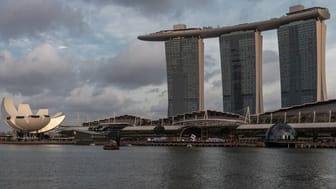Pagoda Street
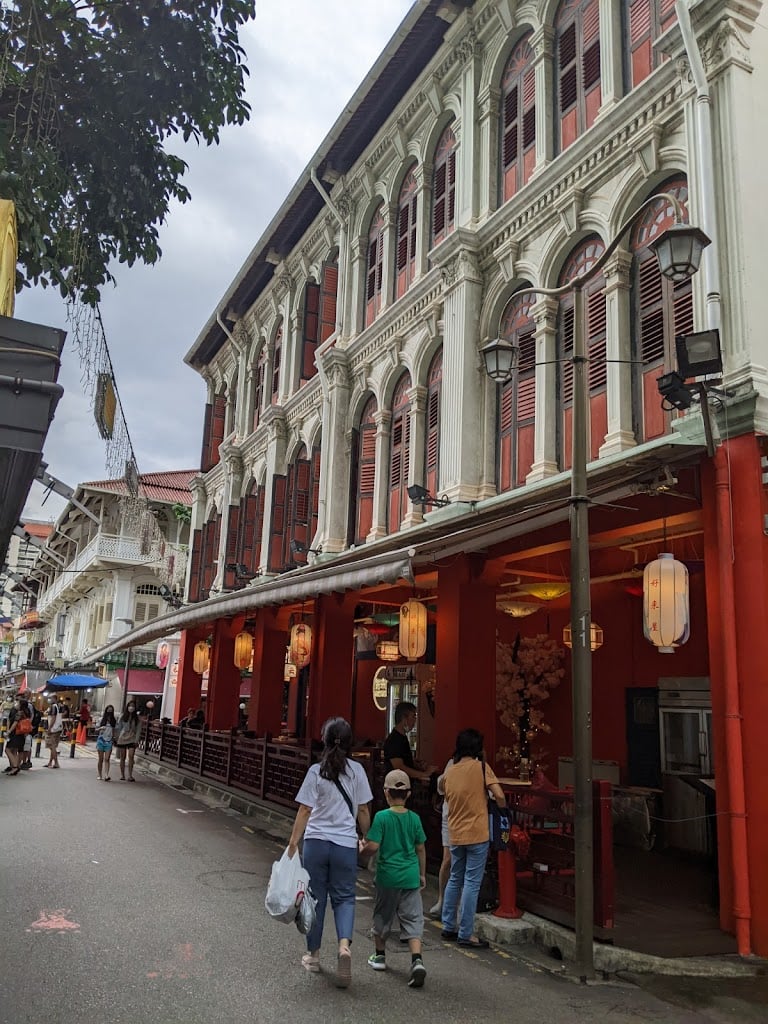
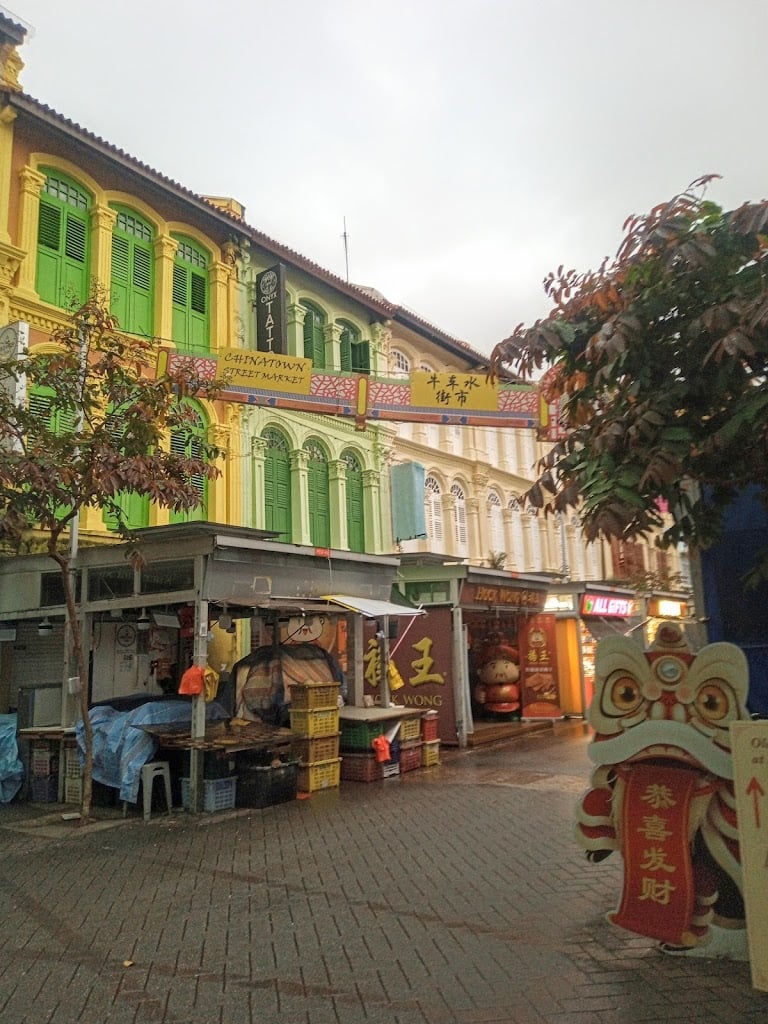

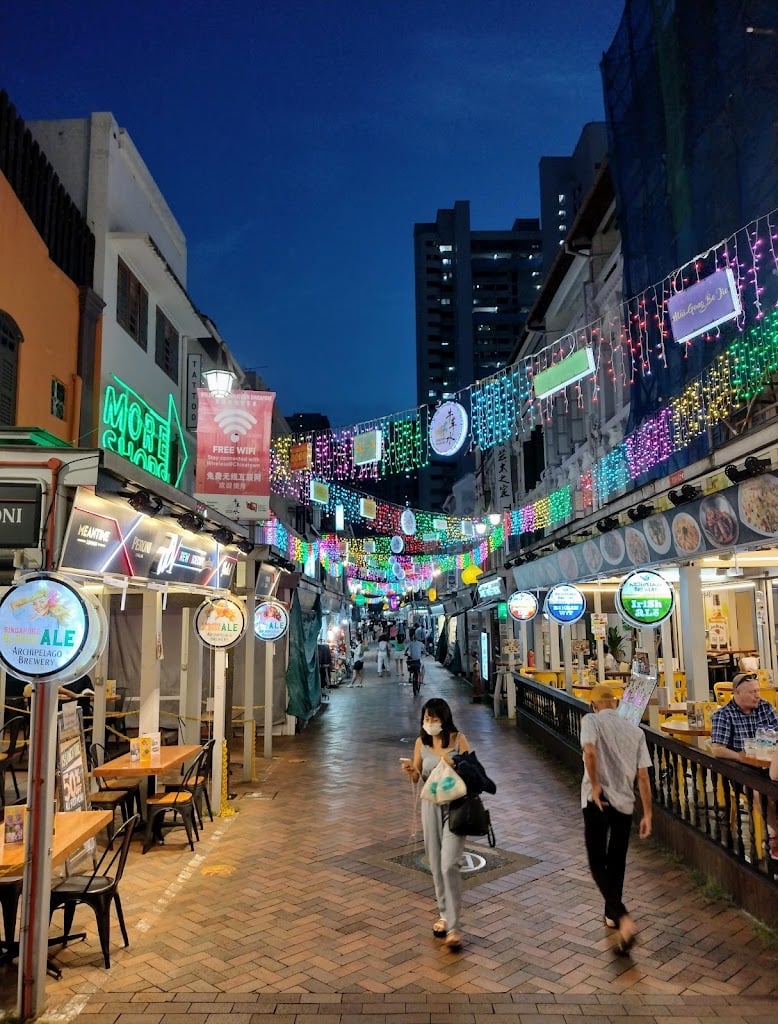
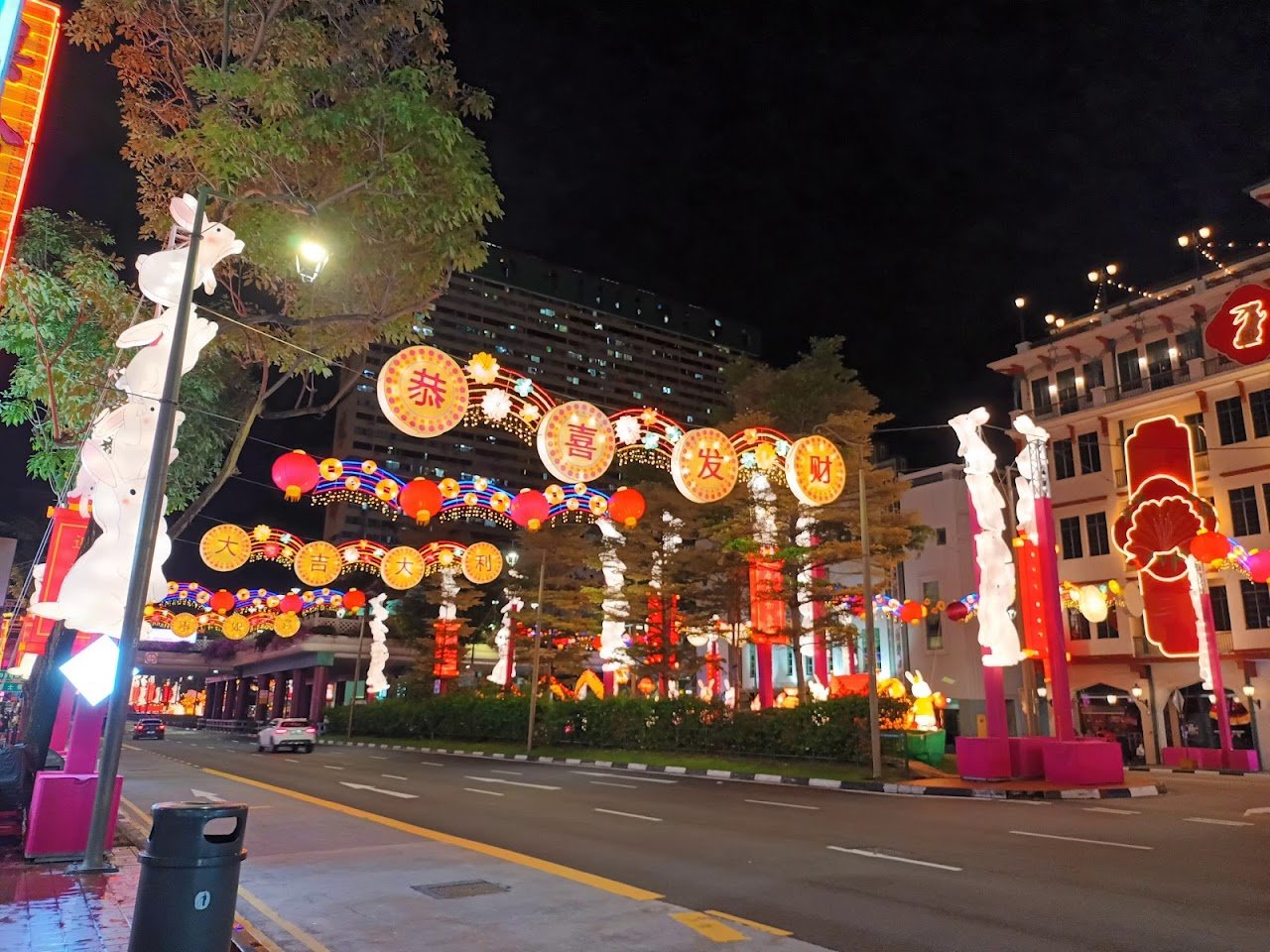
Ask ThatchGPT
Suggest a local expert to plan my trip
Suggest an unique itinerary for my Singapore trip
What foods do Singapore locals eat
What are some true hidden gems in Singapore
Help me brainstorm trip ideas for Singapore
Help me plan a family-friendly trip to Singapore
What people say
Pedro Pereira
Available for hire
"Pagoda Street, or 宝塔街 (bǎo tǎ jiē), is a notable thoroughfare situated in the heart of Chinatown, within Singapore's Outram Planning Area. It connects New Bridge Road to South Bridge Road and has been transformed into a pedestrian mall, facilitating easy access to the Chinatown MRT station at its New Bridge Road end.
A significant landmark along Pagoda Street is the Chinatown Heritage Centre, which offers insights into the lives of early Chinese settlers in the area. The street derives its name from the gopuram of the Sri Mariamman Temple, Singapore's largest and oldest Hindu temple, located at the South Bridge Road terminus. The name reflects local vernacular, as it was historically referred to as "kit ling a le pai au" in Hokkien, translating to "behind the kling place of worship," with "Kling" being an old term for Indians.
Historically, Pagoda Street was infamous for its opium smoking dens and served as one of the coolie trade stations from the 1850s to the 1880s. Among the firms involved in this trade was Kwong Hup Yuen, later known as Kian Seng Heng Bicycle Trader, located at 37 Pagoda Street, leading the Cantonese to refer to it as "kwong hup yuan kai." During the early 1900s, many shophouses along the street provided lodging for coolies involved in this trade.
The decline of the coolie trade in the 1930s resulted in the closure of many lodging establishments. By the 1950s, the character of the street shifted towards retail, with shophouses becoming known for textile and tailoring services. The architecture of these shophouses aligns with the Raffles Town Plan of 1822, which mandated specific construction materials and included the design feature of five-foot-wide covered walkways.
In the late 1980s, Pagoda Street was recognized as part of a Historic District for conservation, ensuring its historical and cultural significance is preserved for future generations. Today, it remains a vibrant destination, reflecting Singapore's rich multicultural heritage and history."
Mentioned in these guides
About Pagoda Street
Get the inside scoop on Pagoda Street from local experts, travel creators, and tastemakers. Browse genuine trip notes, Pagoda Street reviews, photos, travel guides, and itineraries from real travelers and plan your trip with confidence.
Address
Save this spot for later or start mapping out a new trip today
Try our AI Travel Assistant and get instant answers to any questions about your trip.
Ask ThatchGPT
